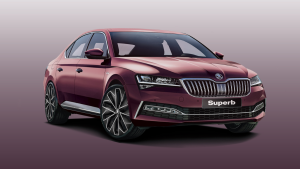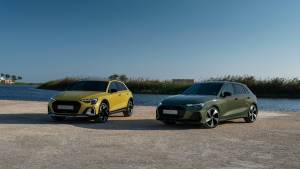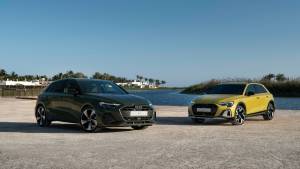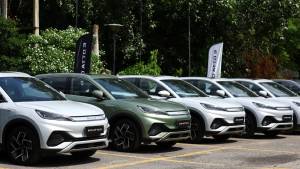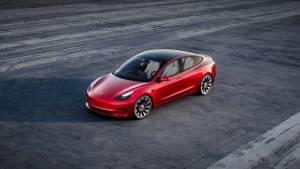Tech watch: Electric Powered Compressor (EPC)
In the quest to comply with increasingly stringent emission norms, automobile manufacturers across the globe have been downsizing their engines. And why not, a smaller engine will not only consume less fuel but in turn, also emit less CO2. However, to keep buyers interested and to ensure driving remains an engaging activity, manufacturers have been relying on turbochargers to extract big horsepower and torque along with stellar fuel efficiency from relatively small engines.
If you have driven a turbocharged motor, you would have noticed that the power isn't delivered in a linear manner. Typically, the engine feels weak and sluggish at low revs and tends to surge ahead strongly once the turbo has spooled up. This delay in power delivery is known as 'turbo lag' and is the Achilles heel of any turbocharged motor. To counter turbo lag, engineers have come up with different solutions like superchargers, dual-stage turbochargers and at times employing two turbochargers with each one operating at different loads to ensure seamless power delivery.
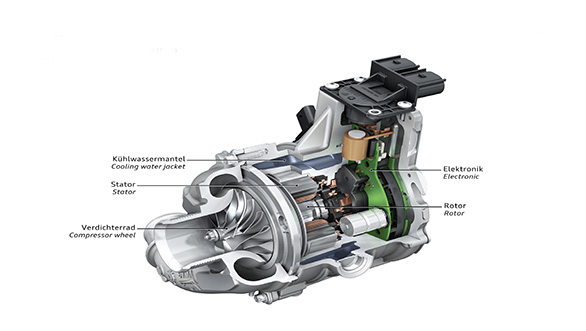
Exhaust gas driven turbochargers require a sufficient amount of air volume to spin the turbine wheel which in turn feeds more air into the engine. In comparison, a supercharger has no lag as it is powered by the engine's crankshaft and offers quite a few benefits over turbochargers. However, it ends up draining considerable amount from the engine itself to work.
Audi's latest innovation in this space is the Electric Powered Compressor (EPC), and the SQ7 SUV is the world's first production vehicle to use it. As the name suggests, it gets driven by a separate electric compressor (essentially an electric turbo) which allows boost to be delivered almost instantaneously. The EPC makes things significantly easier because unlike exhaust gas driven turbochargers it can come into play at any point of time. And unlike a supercharger, it is not dependent on the engine to power it or deliver boost. In fact, Audi claims that the EPC can deliver boost in under 250 milliseconds with the compressor wheel spinning away at up to 70,000 revolutions per minute. Thus, it gets rid of turbo lag without causing any side-effects.
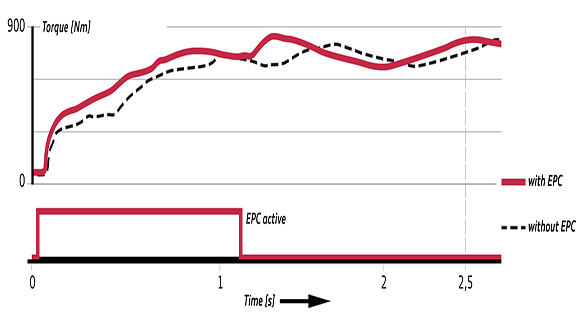
The only downside to the EPC is that it needs a higher amount of electrical energy than what a conventional 12V system can supply. Therefore, it forces the need for a separate power bank to provide the necessary energy supply.
More from OVERDRIVE on the Audi SQ7
2016 Audi SQ7 first drive review
Related Stories
Top Stories
Latest Videos
Most Popular
- Budget Sportbike Showdown: Kawasaki Ninja 500 vs Aprilia RS 457 vs Yamaha YZF-R3
- Mumbai-Pune Expressway speed restrictions updated
- 2014 Triumph Daytona 675 vs 2024 Kawasaki ZX6R - A Decade of Evolution in Supersport Motorcycles
- Upcoming Mahindra XUV 3XO: All you need to know
- 2024 Hyundai Creta vs Toyota Urban Cruiser Hyryder vs Skoda Kushaq comparison review - the hype is real?
